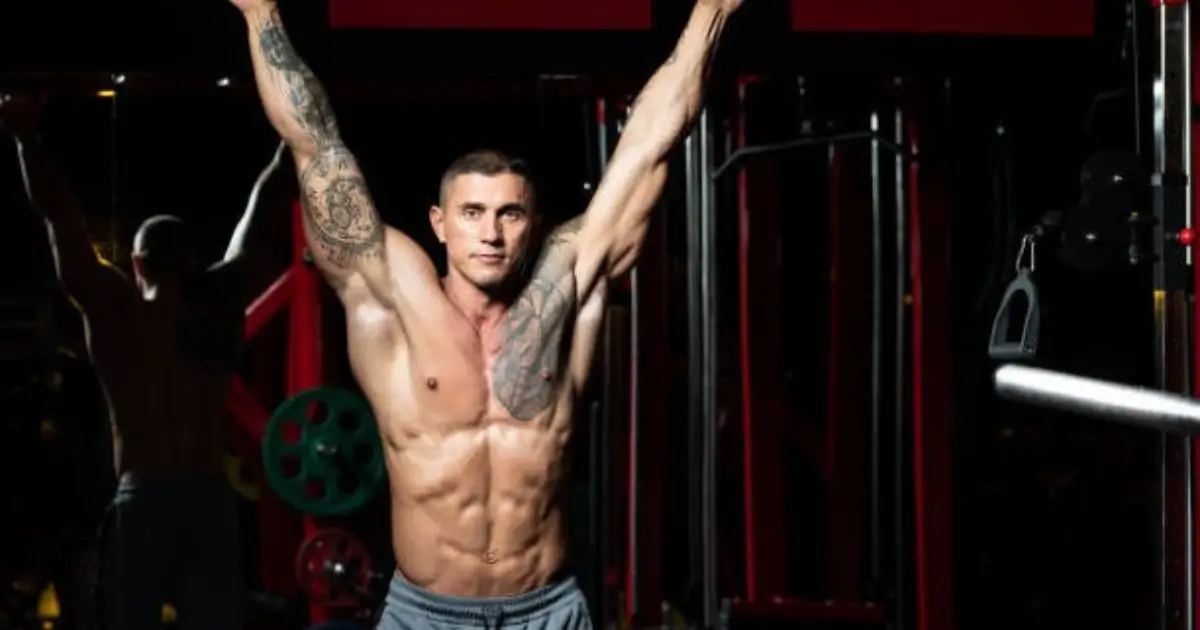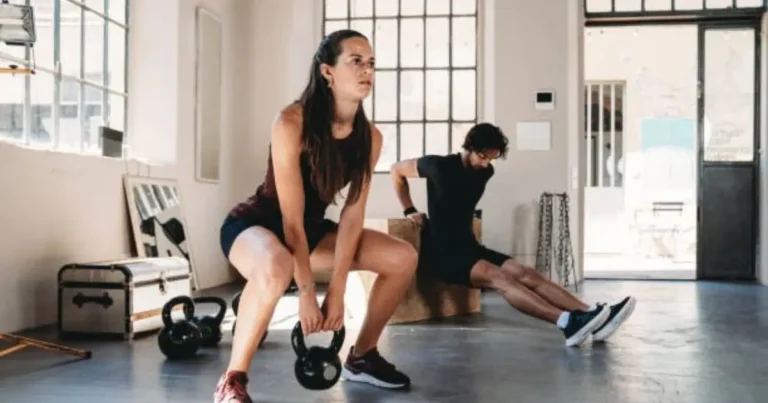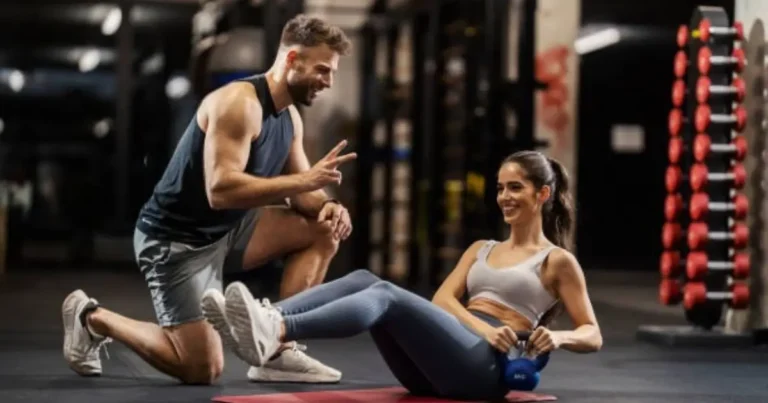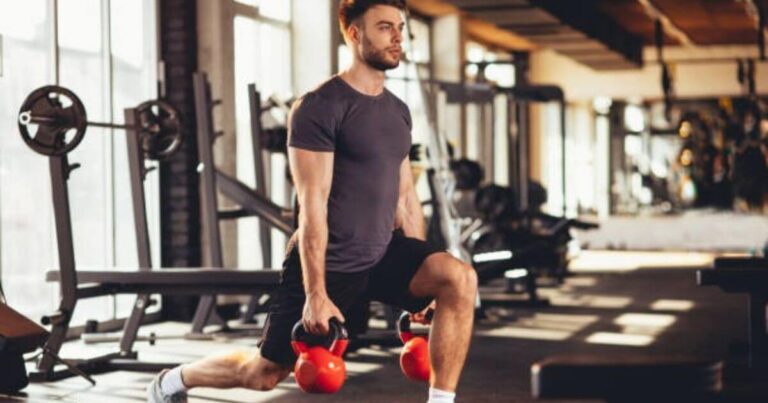The Ultimate Guide to Hanging Ab Workouts: From Beginner to Advanced
Hanging ab workouts have gained significant attention in the fitness world due to their incredible effectiveness in building core strength. Unlike traditional ab exercises, hanging ab workouts require you to engage not only your abs but also your grip, shoulders, and back, making them an excellent full-body workout. Whether you’re looking to improve posture, enhance stability, or develop a chiseled six-pack, these exercises provide an efficient way to target your core muscles. This guide will take you through everything you need to know, from basic exercises to advanced techniques, ensuring you can take your hanging core exercises to the next level.
Table of Contents
What Are Hanging Ab Workouts and Their Benefits?

Hanging ab workouts involve exercises where you hang from a bar, using your body weight to challenge your core and improve stability. These workouts are ideal for strengthening the abs, obliques, and hip flexors while also engaging your shoulders, back, and grip. They offer several benefits:
- Improved Core Strength: These exercises effectively target the entire core, including the upper and lower abs, obliques, and deep stabilizing muscles.
- Enhanced Posture: A strong core is essential for maintaining proper posture and spinal alignment.
- Increased Grip Strength: Hanging exercises require significant grip strength, helping you build forearm and hand strength.
- Better Body Awareness: Hanging forces your body to stabilize and coordinate movement, improving overall body awareness.
- Calorie Burning: The added intensity of hanging from a bar increases calorie burn, aiding in fat loss and overall fitness.
Hanging Ab Exercises for Beginners
If you’re new to hanging ab workouts, it’s essential to start with foundational exercises that will build grip strength and core stability. Below are some beginner-friendly hanging ab exercises that will help you get started.
1. Dead Hang (Grip Strength Development)
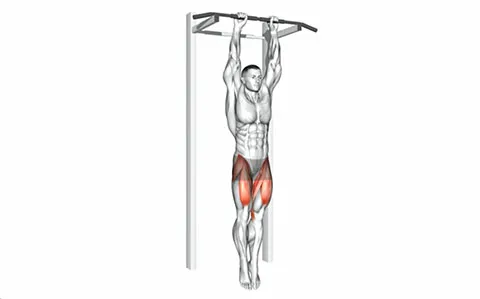
The dead hang is the most basic form of hanging and focuses on developing grip strength, which is crucial for more advanced hanging exercises.
- How to Perform:
- Grab the pull-up bar with both hands, keeping them slightly wider than shoulder-width apart.
- Let your body hang down, keeping your arms fully extended.
- Engage your shoulders and core to prevent swinging.
- Hold this position for as long as you can.
- Benefits: Improves grip strength, shoulder stability, and prepares you for more advanced hanging exercises.
2. Hanging Knee Raises

Hanging knee raises are a great exercise for beginners to start activating the abs while maintaining proper form.
- How to Perform:
- Hang from a pull-up bar with your arms fully extended and your legs straight down.
- Slowly lift your knees towards your chest, keeping your core engaged and your back straight.
- Lower your legs back down in a controlled manner.
- Benefits: Targets the lower abs, hip flexors, and helps build overall core strength.
3. Hanging Pelvic Tilts

This exercise is excellent for beginners as it isolates the lower abs and teaches proper pelvic positioning.
- How to Perform:
- Hang from a pull-up bar with your arms fully extended.
- Slightly tilt your pelvis upward by engaging your lower abs.
- Hold for a few seconds, then slowly return to the starting position.
- Benefits: Improves core engagement and helps prevent lower back discomfort during more advanced exercises.
Modifications for Beginners
If you find it difficult to perform these exercises, use the following modifications:
- Assisted Pull-Up Machine: This machine can help support some of your body weight while you practice hanging and ab exercises.
- Bending Your Knees: Bending your knees during hanging knee raises reduces the range of motion, making it easier to perform the exercise while still engaging the core.
Common Mistakes to Avoid:
- Swinging: Avoid using momentum to complete the exercise. Focus on controlled movements for better core activation.
- Rounding the Back: Maintain a neutral spine throughout the movement to avoid strain on your lower back.
Intermediate Hanging Ab Exercises
Once you’ve mastered the basics, you can move on to intermediate hanging ab exercises that will provide a greater challenge and help you continue to build strength and muscle definition.
1. Hanging Leg Raises

This exercise takes hanging knee raises to the next level by straightening your legs, engaging your core to lift your body higher.
- How to Perform:
- Hang from a pull-up bar with your legs fully extended.
- Slowly raise your legs up towards your chest, maintaining a straight body position.
- Lower your legs back down slowly, avoiding swinging.
- Progressive Overload: To increase difficulty, add more sets or reps, or try holding your legs up for a few seconds at the top of the movement.
2. Hanging Windshield Wipers

A more advanced core exercise, the hanging windshield wiper targets the obliques and challenges your core stability.
- How to Perform:
- Hang from a pull-up bar with your legs extended.
- Raise your legs to a 90-degree angle, then rotate them to one side, keeping your legs straight.
- Bring them back to the center, and then rotate them to the other side.
- Benefits: Engages the obliques and improves rotational strength.
3. Hanging Knee Raises with a Twist

This variation of the hanging knee raise targets the obliques while still focusing on the core.
- How to Perform:
- Hang from the bar and bring your knees towards your chest.
- As you raise your knees, twist your torso to one side, engaging your obliques.
- Lower your legs back down and repeat on the other side.
- Benefits: Activates the entire core, especially the obliques, for a more defined waistline.
Progressive Overload Strategies:
- Increase Reps and Sets: As you become more proficient, gradually increase the number of reps and sets to continue progressing.
- Add Weight: Once you’re comfortable with bodyweight exercises, you can add ankle weights or hold a medicine ball between your feet for added resistance.
Advanced Hanging Ab Exercises
For those who are looking to take their hanging ab workouts to the next level, advanced exercises provide a serious challenge and require full-body control.
1. Hanging Leg Raises with Weights

Adding weight to your hanging leg raises increases the intensity and helps build serious core strength.
- How to Perform:
- Hang from the pull-up bar, wearing ankle weights or holding a medicine ball between your feet.
- Perform the leg raise as usual, focusing on slow, controlled movements.
- Benefits: Builds strength and definition in the abs, especially the lower abs.
2. Hanging Scissor Kicks

This dynamic movement is great for hitting both the abs and the hip flexors.
- How to Perform:
- Hang from a pull-up bar with your legs extended.
- Alternate kicking your legs up and down in a scissor-like motion while keeping your core tight.
- Benefits: Improves endurance and stability, engaging both the upper and lower abs.
3. Hanging Dragon Flags
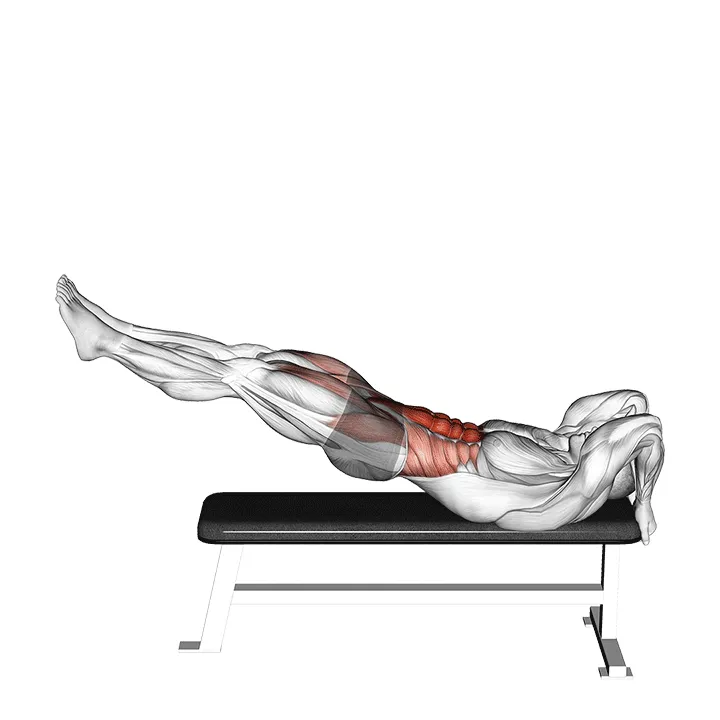
This advanced exercise requires full-body control and is fantastic for building overall core strength.
- How to Perform:
- Hang from a pull-up bar and lift your legs while maintaining a rigid body.
- Slowly lower your body, keeping your legs extended and straight, then raise back up.
- Benefits: One of the best exercises for overall core development and abdominal strength.
4. Hanging Oblique Raises

Targeting the obliques, this exercise helps define the sides of your core.
- How to Perform:
- Hang from a bar with your legs extended.
- Lift your legs toward one side, engaging the obliques.
- Lower and repeat on the other side.
- Benefits: Builds strength and definition in the obliques.
Benefits of Hanging Ab Workouts
- Improved Core Strength: These exercises target every part of your core, providing a comprehensive workout that strengthens your abs, obliques, and lower back.
- Enhanced Posture: By strengthening your core, hanging ab workouts improve your posture and spinal alignment.
- Increased Grip Strength: Hanging exercises develop your grip strength, which is essential for many other strength training exercises.
- Calorie Burning: Hanging workouts are intense, increasing calorie burn and promoting fat loss.
Hanging Ab Workout Mistakes to Avoid
- Using Momentum: Always control your movements and avoid swinging your body to complete reps. This reduces the effectiveness of the exercise and increases the risk of injury.
- Rounding the Back: Keep your spine neutral to avoid straining your lower back.
- Neglecting Grip Strength: Don’t forget to work on your grip strength, as it is crucial for hanging exercises.
- Overtraining: Listen to your body and ensure you allow adequate recovery time between workouts to prevent injury and maximize gains.
Sample Hanging Ab Workout Routines
Beginner Routine:
- Dead Hang: 3 sets of 20 seconds
- Hanging Knee Raises: 3 sets of 10-12 reps
- Hanging Pelvic Tilts: 3 sets of 10 reps

Intermediate Routine:
- Hanging Leg Raises: 3 sets of 12-15 reps
- Hanging Windshield Wipers: 3 sets of 8-10 reps per side
- Hanging Knee Raises with a Twist: 3 sets of 12 reps per side

Advanced Routine:
- Hanging Leg Raises with Weights: 3 sets of 10-12 reps
- Hanging Scissor Kicks: 3 sets of 15 reps per side
- Hanging Dragon Flags: 3 sets of 5-8 reps

Safety Considerations
- Warm Up and Cool Down: Always warm up before your workout to prepare your body and cool down afterward to help with recovery.
- Consult a Doctor: If you’re new to exercise or have any health concerns, consult a doctor before starting a new workout routine.
- Focus on Proper Form: Prioritize proper form to avoid injury and maximize the benefits of hanging ab workouts.
- Progressive Overload: Gradually increase the intensity of your workouts to avoid overtraining and injury.
Conclusion
Hanging ab workouts are an incredibly effective way to strengthen your core, improve posture, and enhance overall body awareness. Whether you’re a beginner or an advanced fitness enthusiast, these exercises can provide a challenging yet rewarding workout. Start with the basics, progress to more advanced exercises, and always focus on proper form to ensure safety and success. Let us know your favorite hanging core exercises in the comments, and share your experiences with us!


